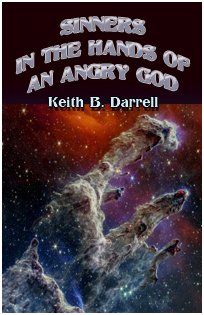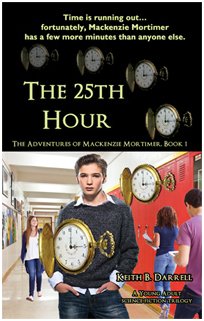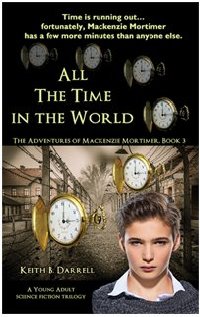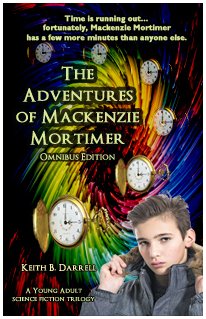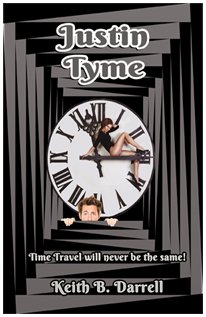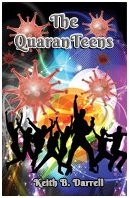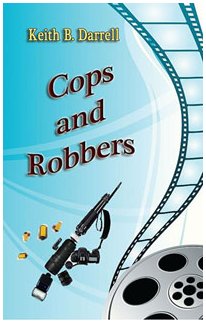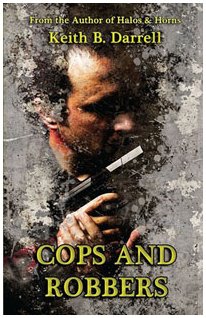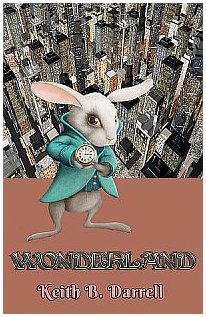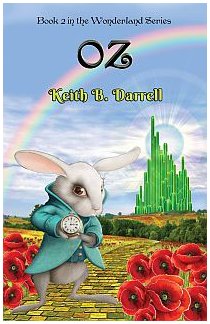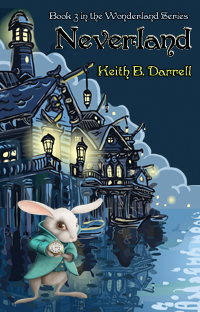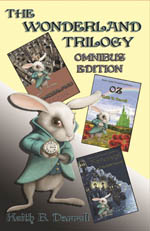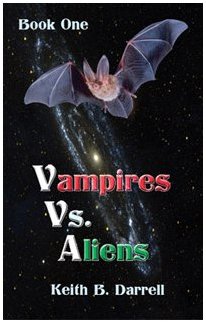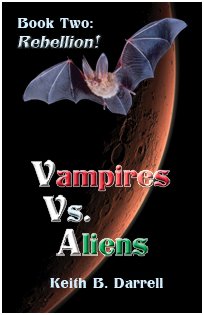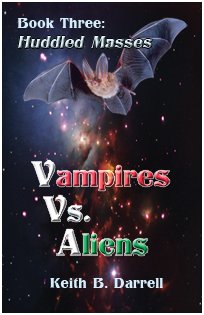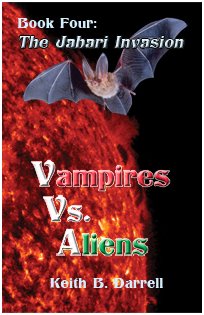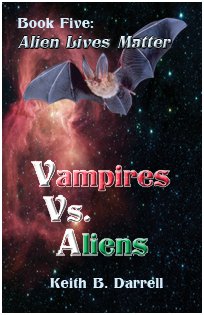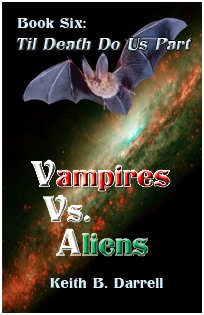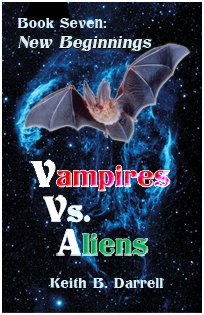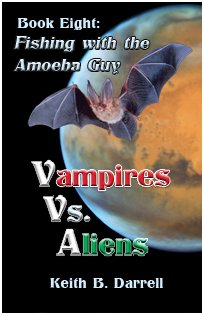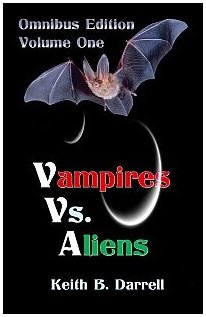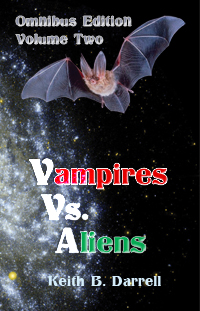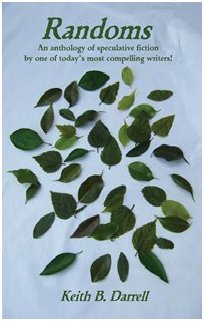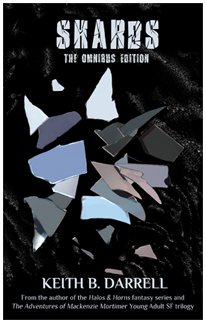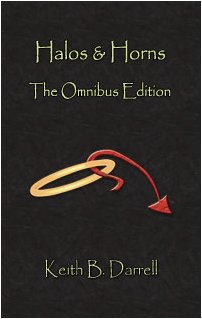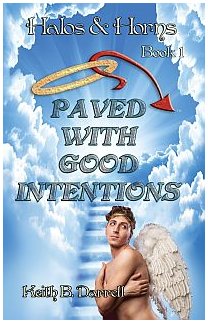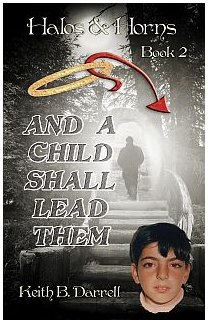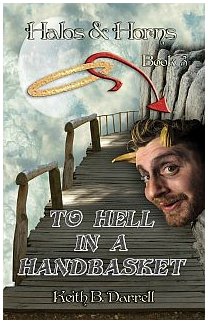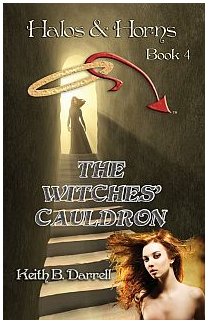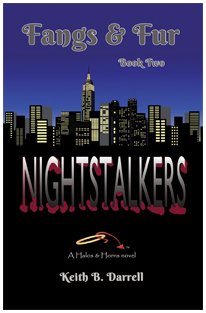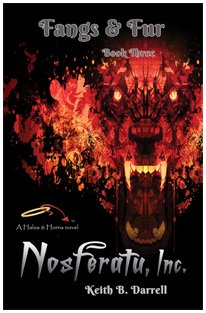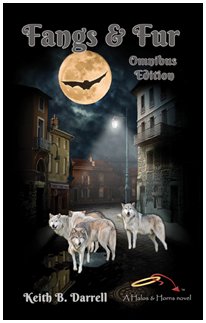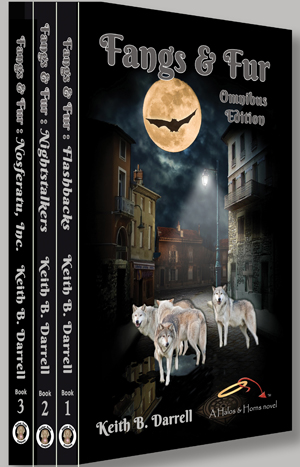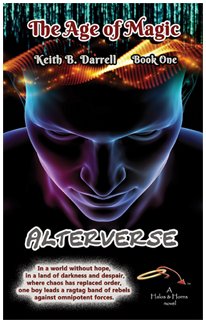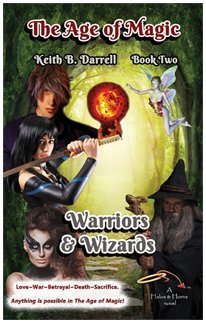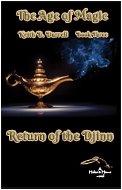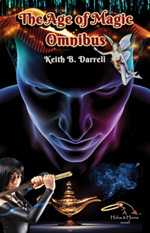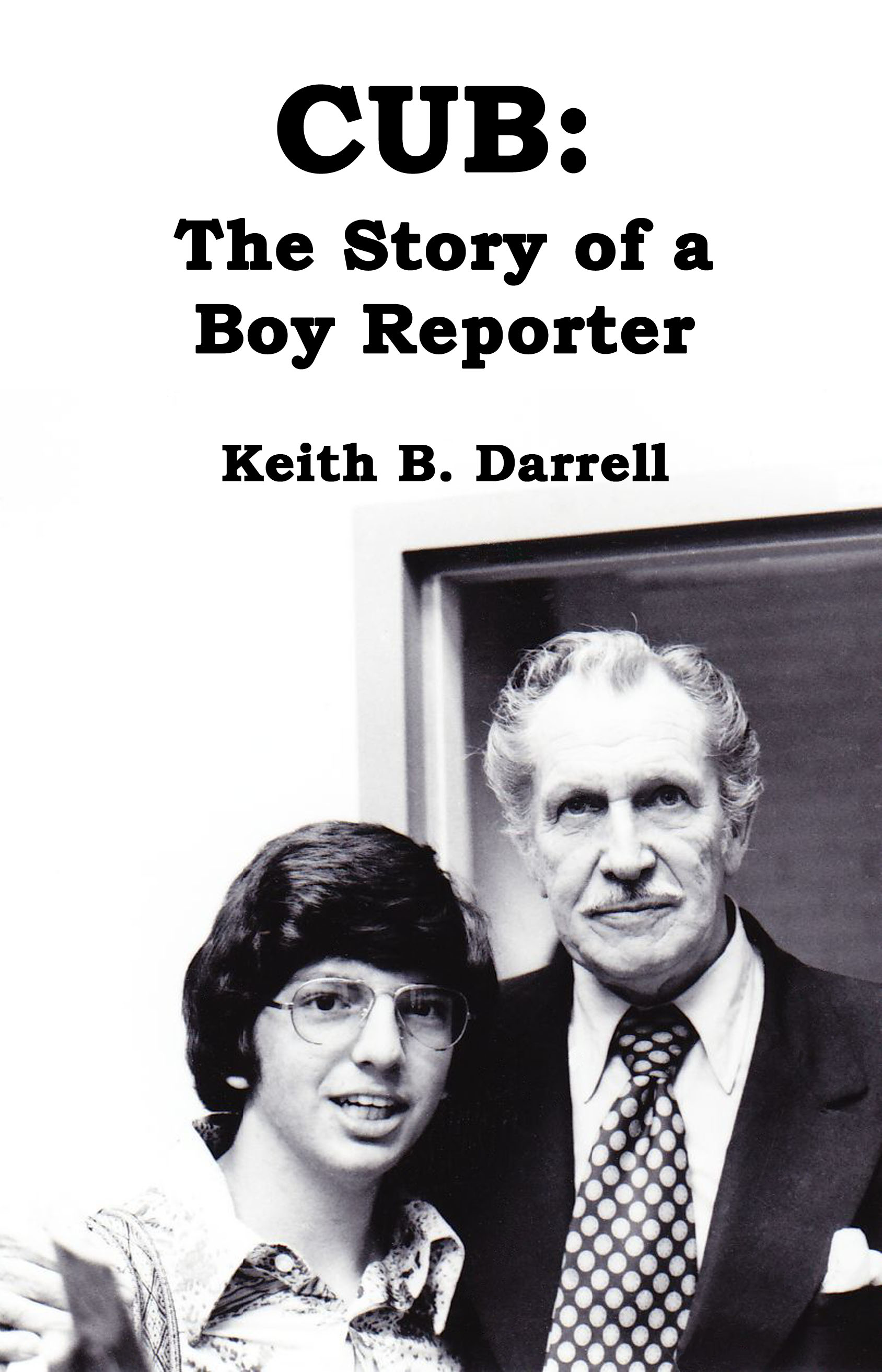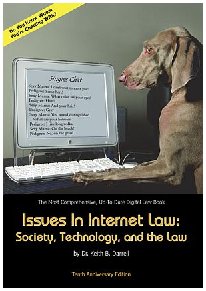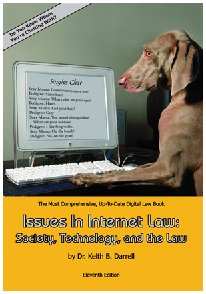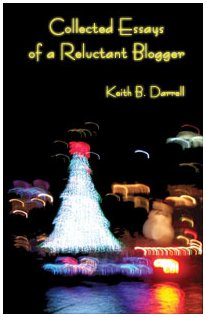Q: What is your latest book about?
A: The 25th Hour is the first book in a Young Adult
science fiction trilogy. It’s a very exciting project. The protagonist is a
13-year-old boy who finds a pocket watch that allows him to freeze time. It’s a
coming-of-age story told over three books, each with a different cast of
supporting characters and different settings.
Q: What was your inspiration for the series?
A: If you think about young adult literature, one of the
great creators would have to be Stan Lee. Stan didn’t invent comic books but he
did revolutionize the medium in 1962 with Spider-Man. Before then, comic book
superheroes were adults and the epitome of perfection. Spider-Man was a high
school student, just like many comic book readers themselves. And Spider-Man
was far from perfect. Beneath the mask, he was bespectacled teenager Peter
Parker — penniless, the foil of bully Flash Thompson, and invisible to the
attractive girls he dreamed of dating. Stan Lee capitalized on teenage angst,
creating a character to whom teenage readers could relate. I think fans of the
early Spider-Man comic will immediately recognize Stan’s influence in The
25th Hour.
In many ways, 13-year-old Mackenzie Mortimer is Peter
Parker, just as bully Tucker Bryant has his roots in Flash Thompson. But the
characterizations go much deeper and recall another comics legend. The
redheaded teenager Archie has been one of the most successful comic book
characters, appealing to kids and teenagers for the past 75 years. Just as
Archie juggled plain-Jane Betty and socialite Veronica, Mackenzie Mortimer is
infatuated with rich girl Vanessa Carlyle while oblivious to the crush his best
friend, tomboy Marlene Prentice, has on him. In The 25th Hour there’s
plenty of teenage angst to go around.
Q: The 25th Hour is hardly an Archie comic
book. Some of the topics…
A: It’s meant to be relevant to today’s teenagers and young
adults. The 25th Hour includes
subjects like school shootings, alcoholism, drug abuse, bullying, depression,
suicide, date rape, peer pressure, friendship, love, divorce, puberty, dating, and simply growing
up. After all, it’s a coming-of-age story.
Q: Growing up, what was your favorite Young Adult science
fiction novel?
A: Well, we didn’t really have a separate category for Young
Adult science fiction back then. I read tons of science fiction as a kid,
beginning with Robert Heinlein, Ray Bradbury, and Isaac Asimov. When I’d read
all their books, I moved on to sampling Arthur C. Clarke, Piers Anthony, Joe
Haldeman, Robert Bloch, Theodore Sturgeon, and Jack Williamson. Of course, in
school we studied H. G. Wells, George Orwell, Karel Capek, Aldous Huxley, Pat Frank, and
Kurt Vonnegut. In high school, I became a huge fan of Harlan Ellison and
continue to be to this day. In college, I was fortunate enough to interview
many of the great science fiction and fantasy authors such as Leigh Brackett,
Lin Carter, L. Sprague deCamp, Alan Dean Foster, R.A. Lafferty, Gene Roddenberry, and Star Wars producer Gary Kurtz. That was a
thrill. I was in awe of them. I was in awe of all writers, but especially
science fiction authors because that was the genre that most captivated me as a
child. But if I had to pick one childhood science fiction book it would be
Madeleine L'Engle's A Wrinkle In Time.
Q: So science fiction was a big part of your childhood. Did
that extend to movies?
A: There weren’t as many science fiction films when I was a
kid. Hollywood was under the mistaken impression that science fiction wouldn’t sell.
But I did enjoy The Day the Earth Stood Still, Forbidden Planet, Planet
of the Apes, The Andromeda Strain, and
the Flash Gordon serials. However, television was
where I got my science fiction fix: Star
Trek; all the Irwin Allen shows
– Lost in Space, The Time Tunnel, Land of the Giants, and Voyage to the
Bottom of the Sea; The Immortal; The Starlost; The Twilight Zone; The Outer
Limits; The Invaders; The Fantastic Journey; and even the Planet of the
Apes TV show.
Q: When did you
begin writing science fiction?
A: I wrote science
fiction stories as a kid, influenced by everything I was reading and viewing.
Very, very bad stories, as I suppose all kids write. Fortunately, I don’t think
any of them have survived. But I believe children should be encouraged to write
and to stretch their imaginations. By the time I hit college I was writing
award-winning nonfiction and I discussed an idea for a fiction story with my
writing mentor, someone whose opinion I respected immensely. She thought it was
awful and told me to stick to nonfiction, which I did for several years until
my career and other pursuits took me away from writing. Two decades passed
before I would write another piece of fiction.
Q: Wow. You gave up
writing because of her comments?
A: Just writing
fiction. I continued writing news stories and earned my degree in journalism.
But journalism is a completely different kind of writing from fiction writing.
Journalism is about reporting, and in some cases interpreting, facts and
events. To write fiction well, one must be able to draw on diverse life
experience and knowledge. At its heart, fiction is about the human condition
and it takes years for a writer to be able to understand that and to express
it. Fiction writing is not merely coming up with a plot and sticking some
fungible characters into it. Characterization is essential, as is
verisimilitude. The characters need to be well formed to the extent that they
will act a certain way based on their fictionalized life experiences. If the
same dialogue could come out of either character’s mouth in a scene, then the
writer has not done a good job of defining each character. The characters also
have to be unique individuals and not merely reflections of the writer. The
author has to understand human nature and what life is like beyond his or her
backyard. It helps to have traveled throughout the world and to have learned
about different cultures to gain a broad enough perspective. My mentor was
right; at 17, I wasn’t mature enough to write fiction.
Q: Getting back to The
25th Hour, why a trilogy?
A: Growing up doesn’t happen overnight. It’s an evolution:
events and circumstances force the character to evolve from immaturity to
responsibility. Each of the three books in The Adventures of Mackenzie Mortimer
takes Mackenzie outside of his comfort zone and challenges him to accept the
great responsibility that comes with great power, and ultimately to determine
the moral parameters of that responsibility. A lot of so-called coming-of-age
stories really don’t change the protagonist, but I think readers will be
shocked when they reach the third book.
Q: You’re referring to All the Time in the World?
A: Right. The 25th Hour is followed by The
Tomorrow Paradox and then All the Time in the World. One of the things I loved as a kid was the
cliffhanger endings of Flash
Gordon and Lost in Space. The trilogy allows me to
do a complete story arc yet incorporate some exciting cliffhangers. All of the books are packed with action and adventure,
but the tone and mood of the third book is much darker, similar to the final
Harry Potter book in that series. It was most difficult book I’ve ever written
but I think readers will find it to be a powerful story.

